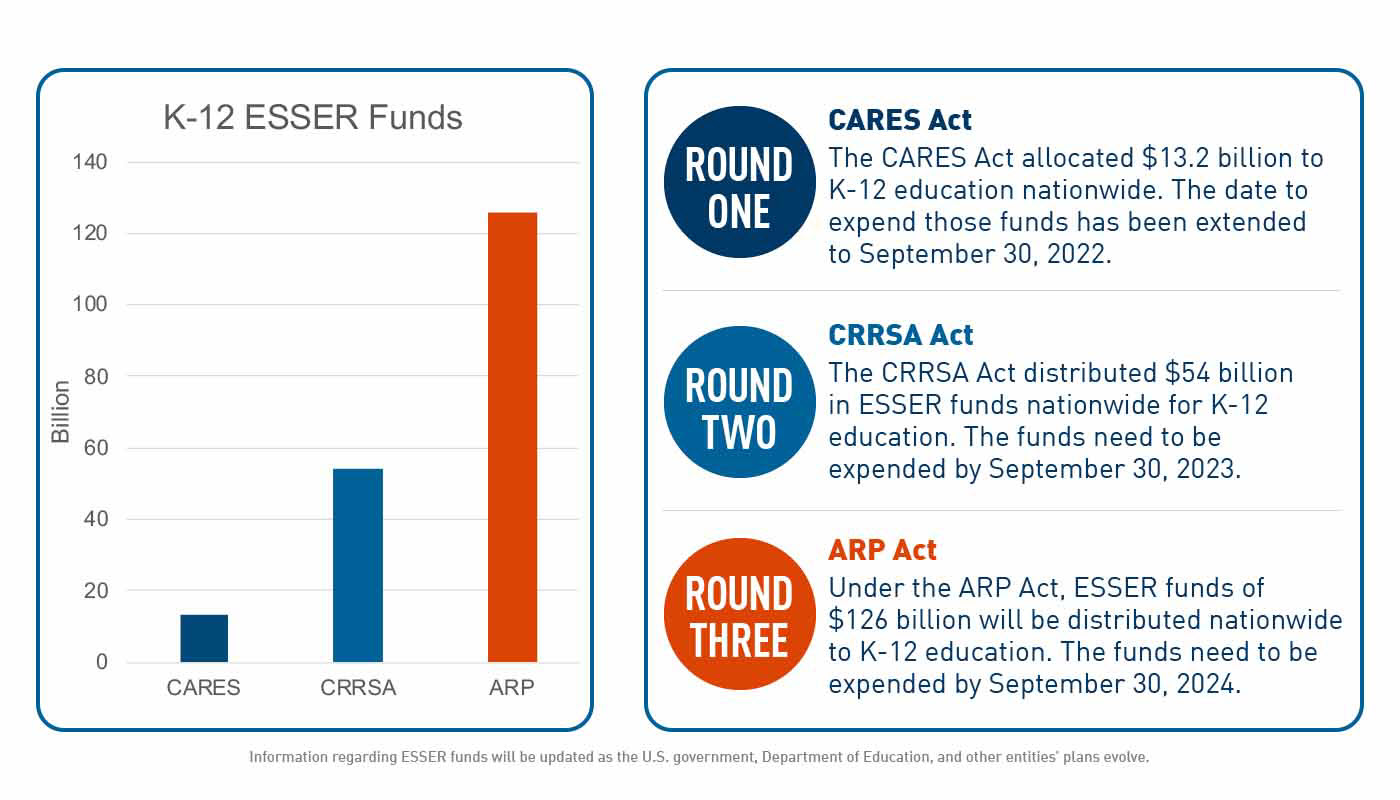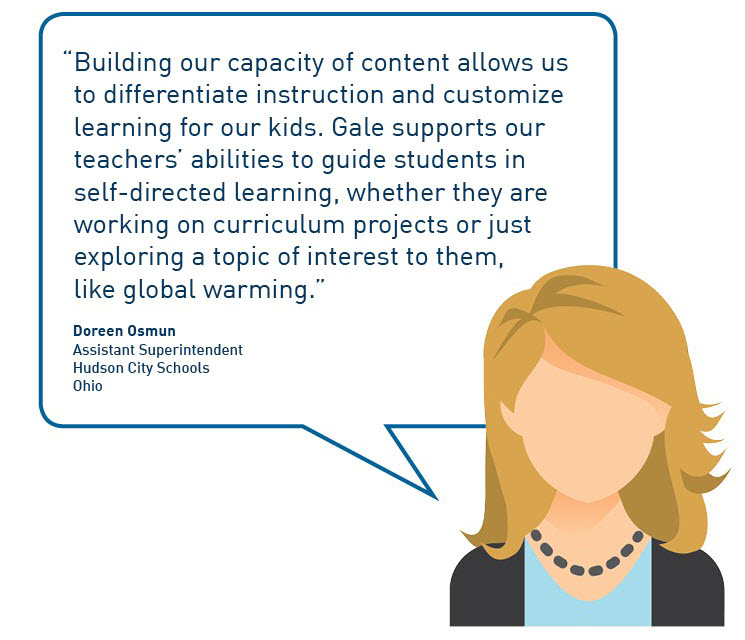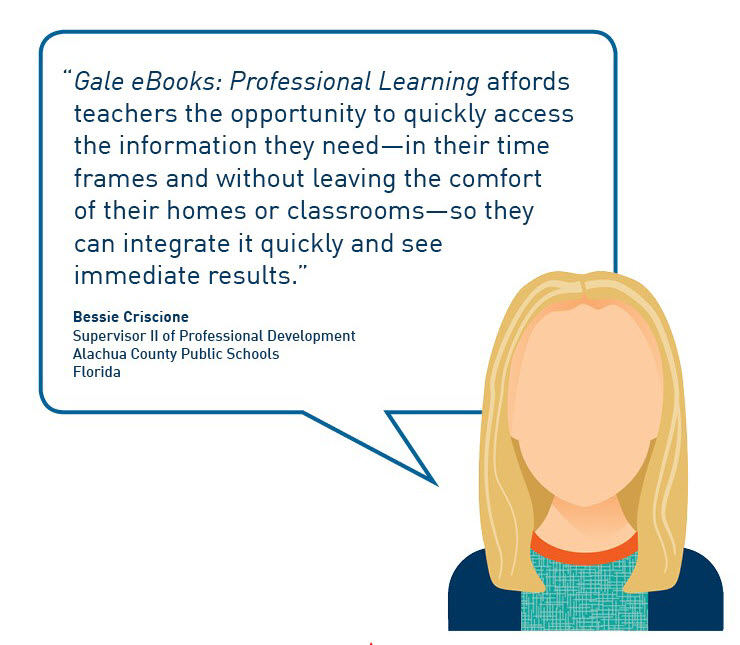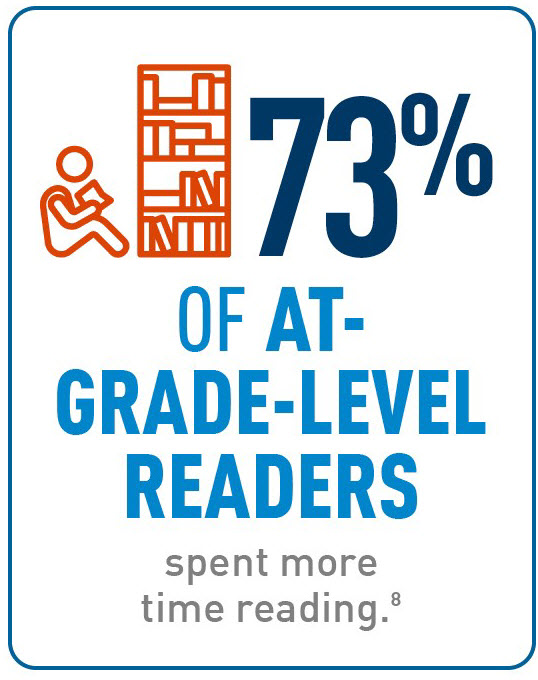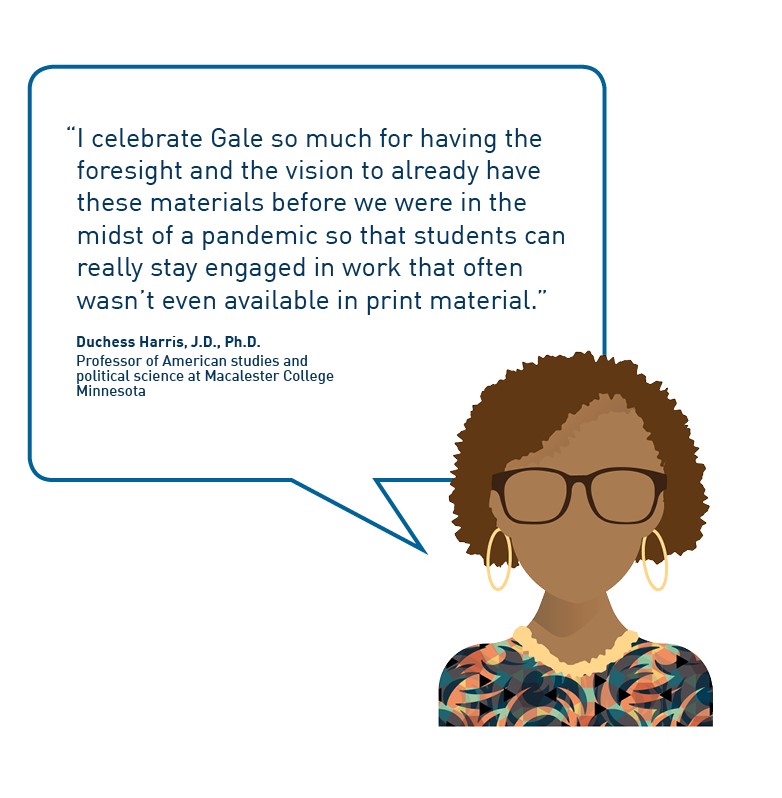On March 13, 2020, life as we knew it changed. Now, years later, K-12 educators are facing the impact of the pandemic-related challenges that significantly affect students’ academic and mental well-being. School leaders are looking beyond the crisis and exploring opportunities to fundamentally change the education experience.
Tap into ESSER Funds
At the start of the pandemic, the U.S. federal government ushered in unprecedented federal funding to districts and schools. The Coronavirus Aid, Relief, and Economic Security (CARES) Act determined the definitions and parameters for allowable expenses seen in all three Elementary and Secondary School Emergency Relief (ESSER) funds and designed the distribution to follow the Title I funding formula. This first round of funding was designed to provide schools with immediate relief.
The second round, the Coronavirus Response and Relief Supplemental Appropriations (CRRSA) Act, allows schools to earmark some funds for rebuilding and transitioning purposes. The most recent round of ESSER funding through the American Rescue Plan (ARP) Act is your district’s opportunity to dream big.
Impact Outcomes with Gale
Because student success begins with teacher success, educators are at the heart of everything we do. Gale provides instructional materials that make it easier for educators to meet students where they are, while the educators themselves experience professional growth and prioritize their own self-care.
Today, this includes supporting everything from unfinished learning and SEL to prioritizing equity and inclusion goals. Together, we can foster an environment where students thrive, beyond the pandemic.

